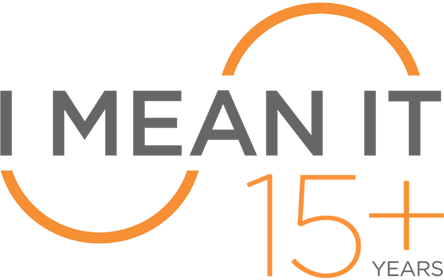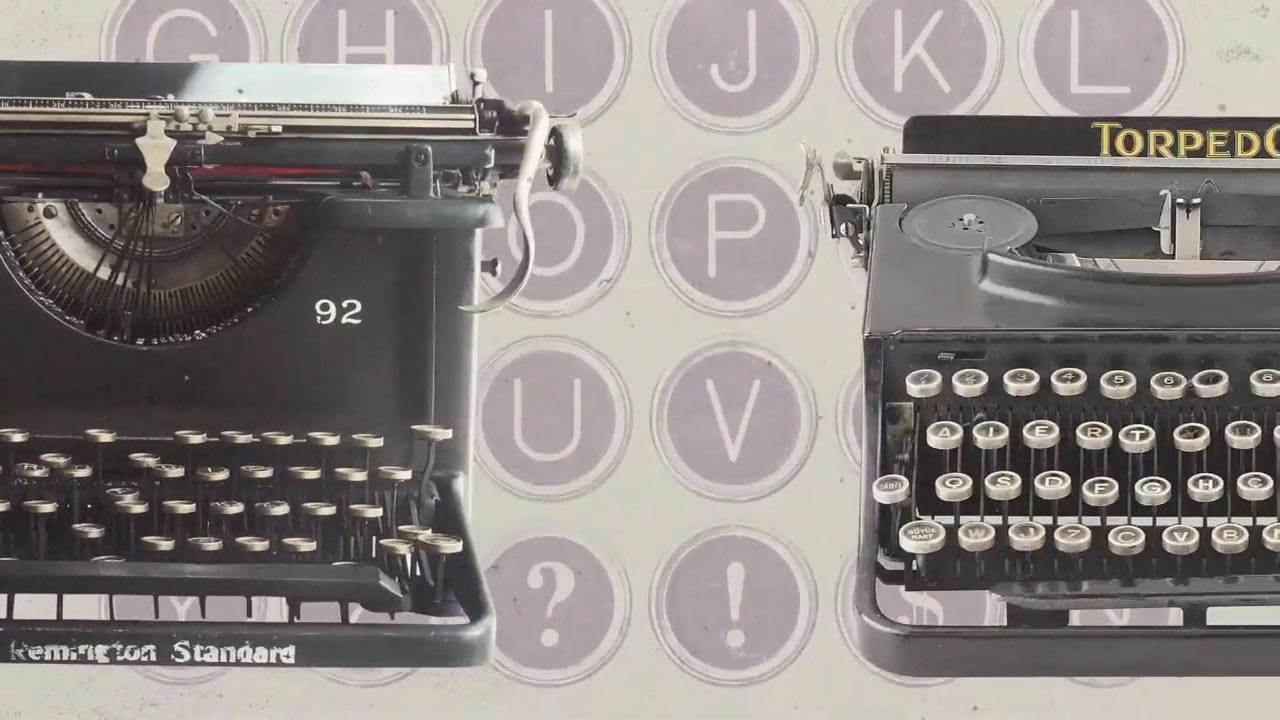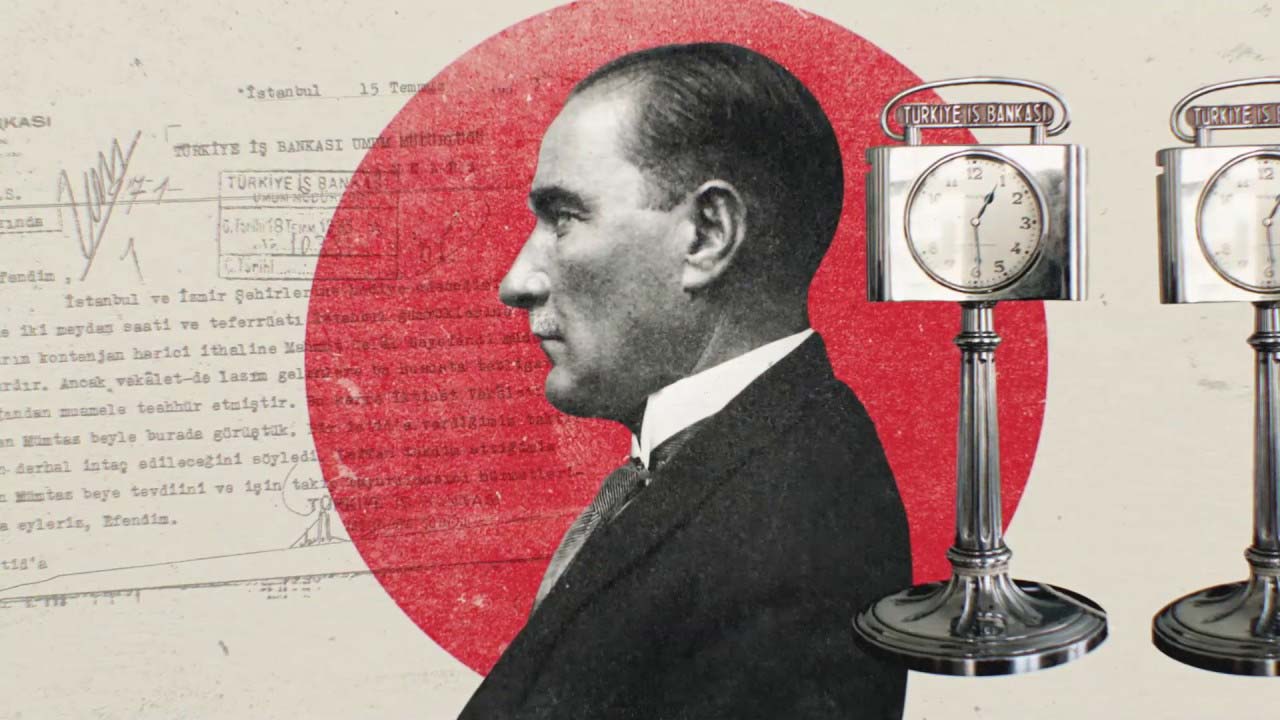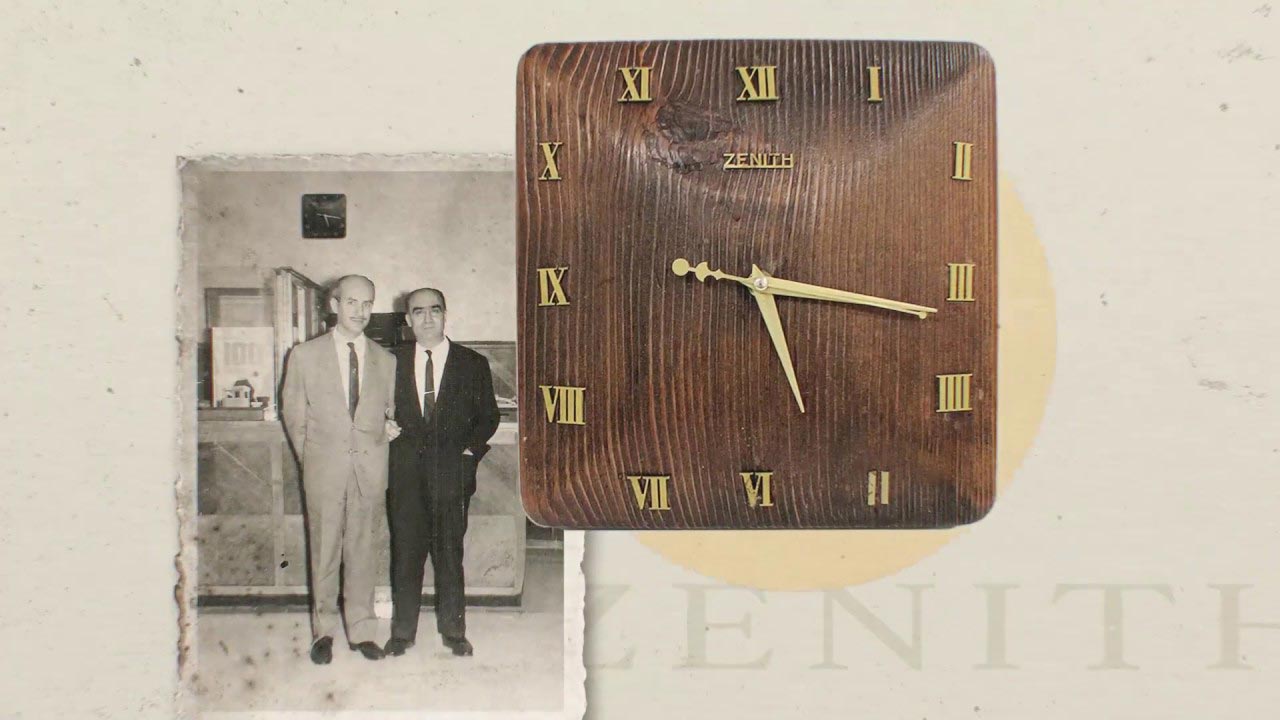In 2019, when I Mean It Creative took on the task of creating the basis for the branding of İş Sanat, the Bank’s own art platform, our goal was to expand on the Bank’s reputation of tradition, innovation and transformation, and move its public perception in the direction of the understandable, accessible and approachable– our main thesis being that art is indeed for everyone.
Building on this very same idea, when İşBank approached us to help promote this new collection, we responded by creating a digital animated series that reflects the values of the brand and the vision of the exhibition. We delivered four short films about the pieces in the exhibit, using materials accompanying the collection such as old photographs, correspondence documents and drawings. These digital shorts were adapted into various formats that can be published on different social media platforms.








